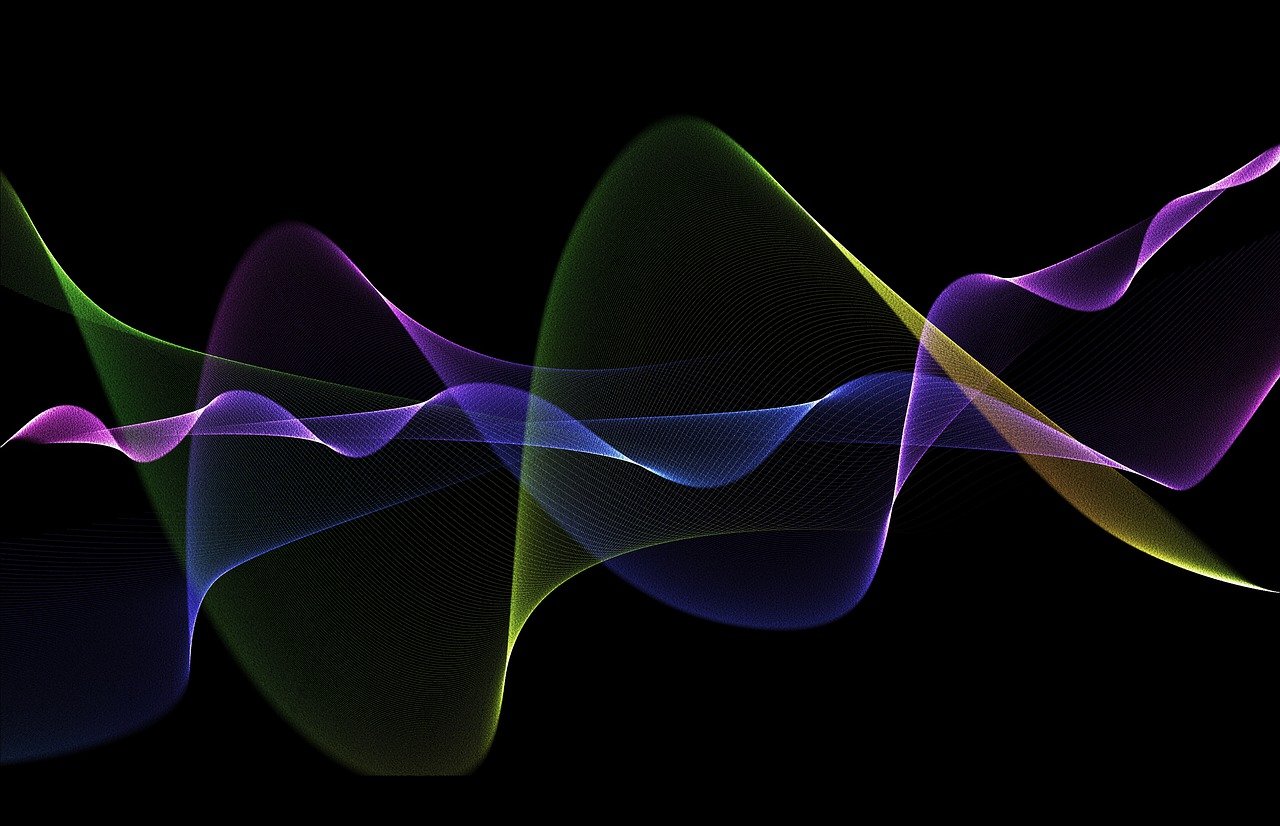Have you ever been in a crowded room while trying to focus in and hear what someone is saying to you? Chances are the answer is yes. So, you know all too well how chaotic it can be to pinpoint only the words that matter in a conversation, and not let the background chatter become a distraction. Just like humans need to practice voice activity detection, machines and speech recognition systems do the same thing.
We’re going to define what VAD, voice activity detection, is, how it works, and why it’s so critical to speech detection, especially when used in noisy business environments.
Let’s get started.
What is Voice Activity Detection (VAD)?
Voice activity detection, also called speech detection, is what automatic speech recognition (ASR) uses to decipher between speech and other noise that can impact its ability to accurately understand spoken language. It is a component of digital signal processing. With regard to speech recognition, it is what determines which part of the signal to send to the voice recognition engine in order to be processed. By doing so, it can ignore non-speech elements to reserve vital CPU power.
Put simply, it is what enables the technology to hone into speech, while being able to ignore non-speech elements. Voice activity detection acts like a strainer does, filtering out what’s irrelevant to the task at hand, while isolating the speech that’s required.
As you can imagine, when you are using voice recognition software in business settings, there tends to be a lot of sounds happening at once. This is especially true in mission–critical industries where ASR is most well-suited, such as construction, manufacturing, retail & CPG, and transportation, to name a few.

Speech Detection’s Key Concepts
Speech detection serves a clear purpose and is applicable to various use cases. Let’s uncover more of what we mean…
Functionality
The main goal of voice activity detection is to distinguish between speech and non-speech elements, or ambient noise, in audio streams. The purpose of being able to do so is that speech can be accurately processed and transmitted for its output.
For example, if you are completing a checklist on a manufacturing floor, the speech recognition software must be able to tune into only the commands of an inspector, rather than all the surrounding noise of machinery and people talking.
Only by doing so will the speech recognition software prove fruitful.
Applications
Voice activity detection exists in various technologies and applications, including:
Speech recognition systems
A speech recognition system transcribes spoken words into a machine-readable format that can also be produced as text. Leveraging computer science, machine learning, and artificial intelligence, these solutions exist in the personal and professional realm to enhance productivity, improve communication, and increase safety.
Telecommunications
In telecommunications, voice activity detection serves to add efficiency to the process, by reducing the bandwidth of transmission in voice compression systems when it detects moments of silence.
Hearing aids
Voice recognition technology and voice activity detection is present in hearing aids to decipher the wearer’s voice from others. It also updates noise information for noise adaptive speech enhancement during processing.
Voice-controlled devices
For voice user interfaces, VAD is what triggers and initiates listening for the system once it detects speech.
Challenges
Just like humans may have trouble focusing on a specific subject’s speech in a noisy or crowded environment, voice activity detection systems face the same battle. Being able to detect speech in loud or ambient noise-laden environments proves to be tricky.
This where researchers are focused on overcoming this hurdle as it is what improves the accuracy and usability of any speech recognition software.
Components of VAD Systems
Voice activity systems are made up of various parts, all which work together to improve its functionality. These include:
Feature Extraction
Feature extraction, or FEx, is what analyzes audio characteristics to extract speech-related aspects from the signal, such as: energy, pitch, and spectral content.
Classifier
The classifier is the decision-maker, which acts to differentiate between speech and non-speech segments.
Filtering
With the analog front end, AFE, the system applies filters to process electrical signals and remove background noise to improve detection accuracy.
Advanced Techniques
The realm of voice activity detection continues to evolve and expand, thanks to massive innovation in technology and algorithms.
Machine Learning Approaches
Recorded audio signals don’t just consist of speech- there’s silence, ambient noise, and nonverbal content included. AI models should ideally only be trained upon speech data, which is what voice activity detection intends to enable.
Machine learning supports complex classifiers, with different ways to map audio features. Deep neural networks (DNNs), or artificial neurons, are used to classify sound based on the input it receives. Using a mathematical model, neural networks process information as a function of input and output.
Adaptive Algorithms
Adaptive algorithms adjust to changing acoustic environments.
Performance Metrics
How is it possible to judge automatic speech recognition systems for their voice activity detection success or shortfalls? There are some performance metrics and key indicators that help to “grade” them.
Accuracy
Accuracy measures the correct detection of speech versus non-speech segments.
False Alarm Rate
The false alarm rate calculates the frequency of incorrectly identifying non-speech as speech.
Miss Rate
The miss rate determines the frequency of failing to detect actual speech segments.
Speech Detection and aiOla’s Speech AI Solution
With speech recognition software, the number one concern is always its accuracy. aiOla is a first-of-its-kind speech AI that delivers an open-source model with breakthrough results, outperforming even the most well-known speech recognition software.
aiOla’s speech AI is able to understand business-specific jargon in any industry, acoustic environment, accent and language, making it a versatile and scalable solution for any business looking to optimize results using speech. From process completion to collaboration and data capture, aiOla provides deep insights, productivity, and ease-of-use.
The Bottom Line
Speech AI and voice recognition systems are evaluated based on their performance, which is based on accuracy to understand what is being said. Voice activity detection is the critical component that pieces apart speech from non-speech elements so that speech processing can take place effectively.


